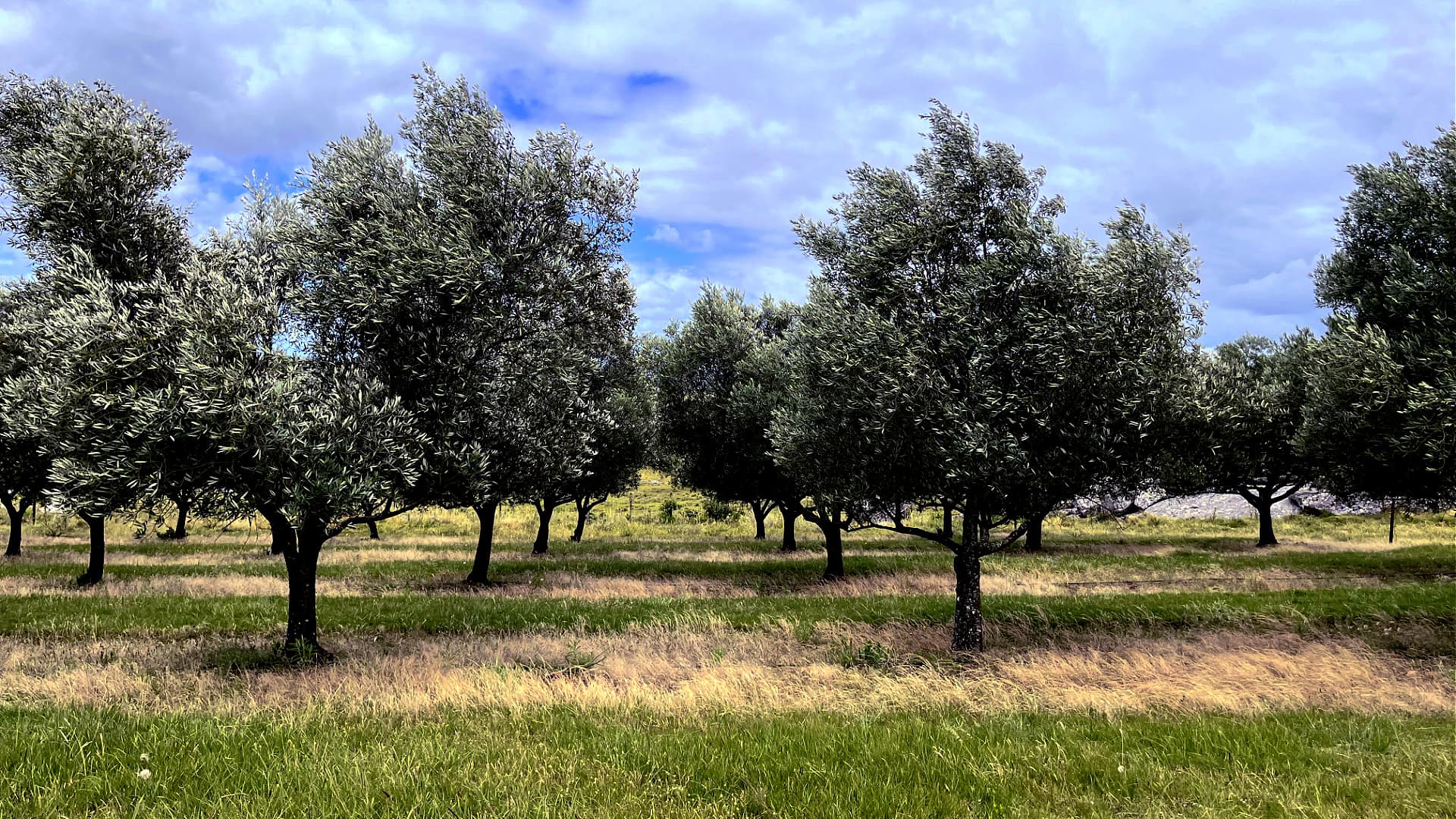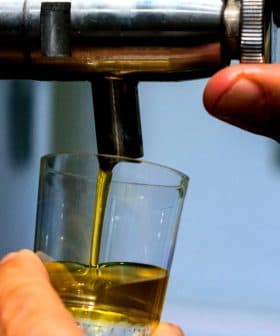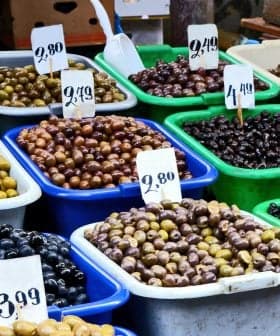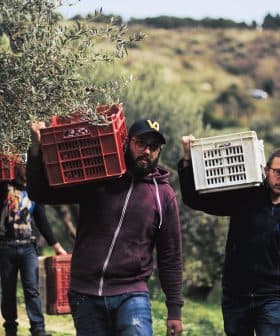Uruguay Anticipates Harvest Rebound

Uruguay’s olive oil production is expected to rebound in 2025 after a disappointing harvest in 2024, which saw production drop to one-third of the previous year’s yield. Rising production in recent years has led to an increase in local consumption and exports, with Brazil and the United States being key markets for Uruguayan olive oil.
After a disappointing harvest in 2024, Uruguay’s Ministry of Agriculture, Livestock and Fishing expects olive oil production to rebound in 2025.
According to preliminary data from the private sector, Uruguay produced 614 metric tons of olive oil in 2024, about one-third of the total yield in 2023 and 63 percent below the five-year average.
Brazil and the United States are the sector’s big bets for extra virgin olive oil… In the case of Brazil, there is the preferential entry granted by Mercosur and geographical proximity.
“The effects of the historic drought that the country experienced in 2023 were reflected in the results of a greatly reduced harvest in 2024,” María Noel Ackermann, an economist in the ministry’s office of agricultural programming and policy, wrote in an annual crop report.
However, Noel Ackermann described the outlook for the 2025 harvest as “auspicious” after a wet winter and mild spring temperatures resulted in a positive fruit set.
See Also:Europe and South American Countries Sign Controversial Free Trade Agreement“The outlook for 2025, with better weather conditions for the time being, is auspicious, with adequate flowering and promising fruit setting,” she wrote.
Several producers, including the country’s largest, confirmed to Olive Oil Times that the 2025 harvest will be far better than the 2024 harvest but will unlikely reach the 2,047 tons produced in 2023.
Rising production – Uruguay produced nearly seven times as much olive oil annually in the past five years compared to the previous five years – has been matched with increasing consumption.
“The estimated consumption of olive oil and olive pomace oil in Uruguay has averaged around 1,800 tons in the last three years, a little more than half a liter per capita,” Noel Ackermann wrote. “A growing trend is evident with a medium-term view, given that national consumption was around 1,400 tons a decade ago.”
Local production now accounts for an increasing share of Uruguayan consumption, making up roughly half of national olive oil sales.
About half of national production is sold through wholesalers and supermarkets, with 30 percent sold direct-to-consumer and another 19 percent sold as white-label products.
White-label olive oil
White-label olive oil is produced by one company but sold under another company’s branding, allowing retailers or distributors to market it as their own product. The practice is common among large retailers and grocery store chains.
Like everywhere else, the poor global harvests in the 2022/23 and 2023/24 crop years caused olive oil prices to rise in Uruguay.
Data from the National Institute of Statistics found that olive oil prices at retail increased by 23 percent in 2023 and 15 percent in the first ten months of 2024.
“Changes in consumer behavior, oriented towards healthier, more natural, safe and high-quality foods, offer possibilities for greater development of the sector in the future,” Noel Ackermann wrote.
The combination of poor harvests across much of the olive oil world and relatively strong domestic production in recent years has resulted in imported olive oils losing market share in Uruguay.
According to the ministry, Uruguayan olive oil and olive pomace oil imports reached 695 tons in 2023, a 20 percent decrease compared to the previous year.
In the first ten months of 2024, Uruguay imported 552 tons of olive oil, a nine percent decrease compared to the same period in 2023.
Noel Ackermann said the continued decline in imports despite a very low 2024 harvest indicated that consumption has fallen, likely due to higher prices.
Despite decreased volumes, olive oil imports by value reached $4.5 (€4.37) million in the first ten months of 2024, a 28 percent increase from the same period in 2023.
The plurality of Uruguayan olive oil imports by value came from Argentina, 37 percent, which gained market share in the previous two years due to the poor harvests in Spain and Italy. Imports from the two European nations comprised 35 percent and 23 percent, respectively.
Rising production has also led to an increase in olive oil exports, specifically to neighboring Brazil.
From April 2023 to March 2024 (the 2023/24 commercial year in Uruguay), exports reached 638 tons valued at $4.5 million, a 20 percent increase in volume sold and an 87 percent increase in revenue generated. Eighty percent of exports were extra virgin olive oil, with the rest corresponding to virgin.
However, these figures will be dramatically lower for the 2024/25 commercial year. From April to October, Uruguayan producers exported 52 tons of olive oil, an 88 percent decrease from the same period in the previous year, at a value of $608,000 (€590,000).
While virtually all virgin olive oil was exported to Spain to be blended and re-exported, two-thirds of extra virgin olive oil exports went to Brazil, followed by Spain, the United States and Argentina.
“Brazil and the United States are the sector’s big bets for extra virgin olive oil,” Noel Ackermann wrote. “These countries are strong global importers, with expanding consumption and production that fails to satisfy local demand.”
“In the case of Brazil, there is the preferential entry granted by Mercosur and geographical proximity, which determines lower transportation costs,” she concluded. “The United States is attractive because it is the market that pays the best for the product (last year, it was sold at more than $8,000 (€7,760) FOB per ton).”










